This is an ever-growing list of our current game kits, other examples and a little bit of information about them all. These exist to demonstrate concepts or as part of tutorials we have written. You can access your own copy of the starter game kits by choosing an option here: www.dotbigbang.com/game. You can also follow the link to any of these examples and press the "Remix" button to get a copy of your own to start from!
Scripting Examples
Scripting Examples & Tips packs a bunch of the functionality of dot big bang into a concise package so that you can quickly browse and find examples of how to use various features. We also have some examples in an explorable form on this site here.
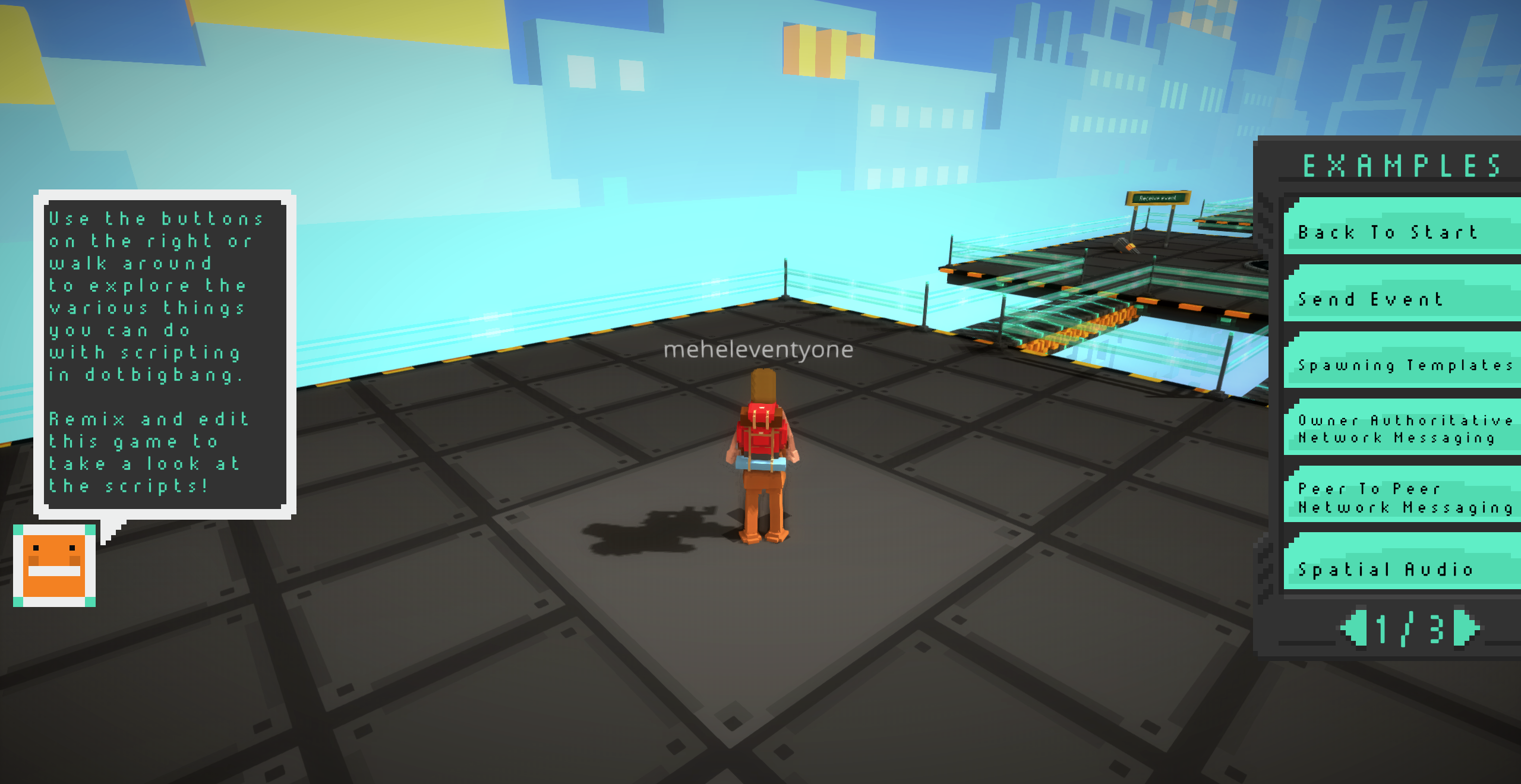
World Building Tips
In Environment Examples & Tips game you'll find a bunch of useful information and examples of how to go about building worlds in our game editor. It covers everything from art creation tips, how to add functionality to your game and solutions to common problems you might encounter when trying to build a game for dot big bang.

Intro to Magic
Intro to Magic is a guided introduction to scripting in dot big bang. We have a companion video that shows how to use it.
UI Basics
The UI Basics example game has multiple examples of how to achieve various effects with our very basic UI system. We have a seperate document covering it here.
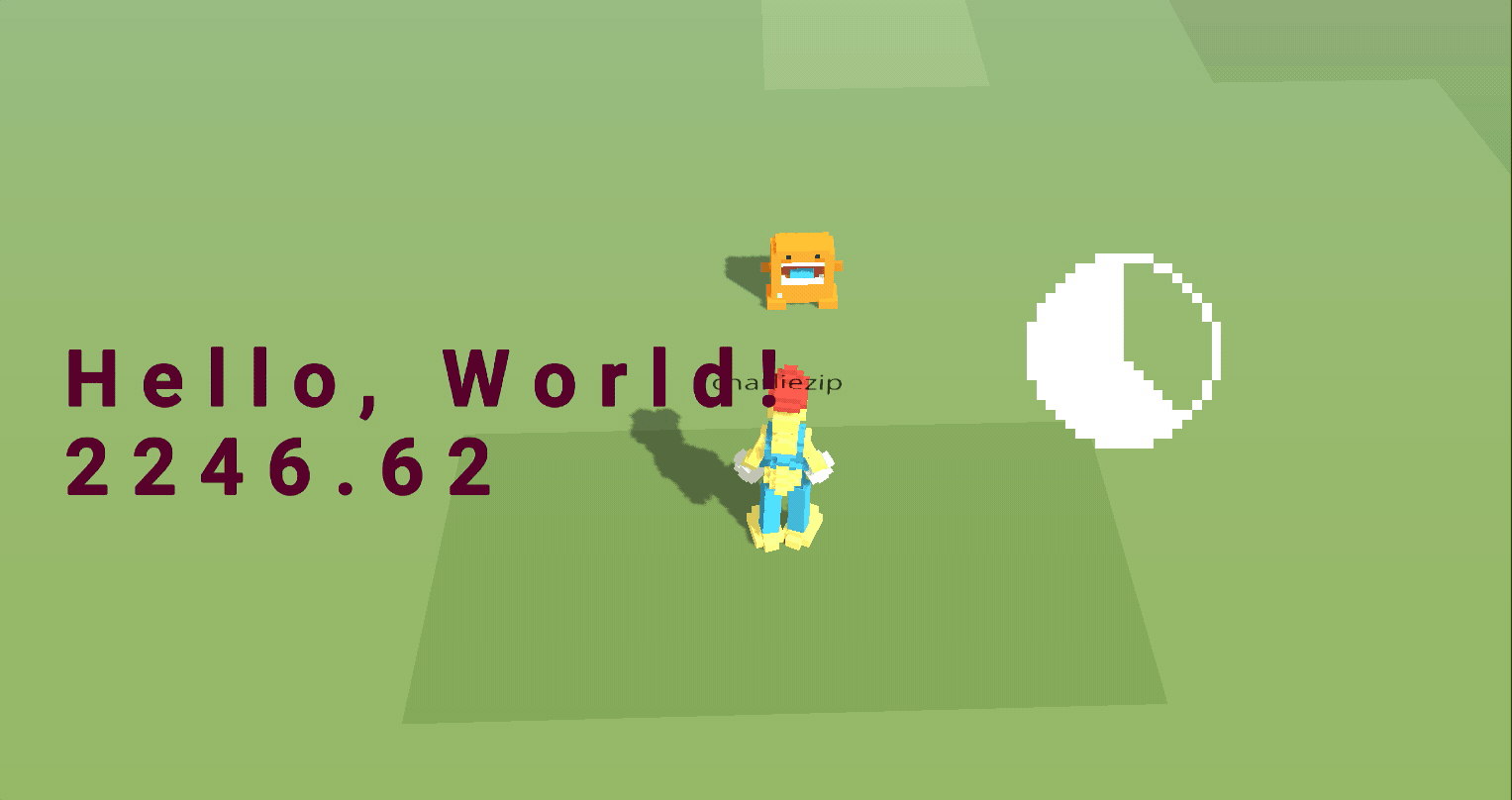
Obby Kit
Our Obby Kit provides an example obstacle course as well as a big collection of bits and pieces you can use to create your own. This is a great starter kit for someone just starting out!
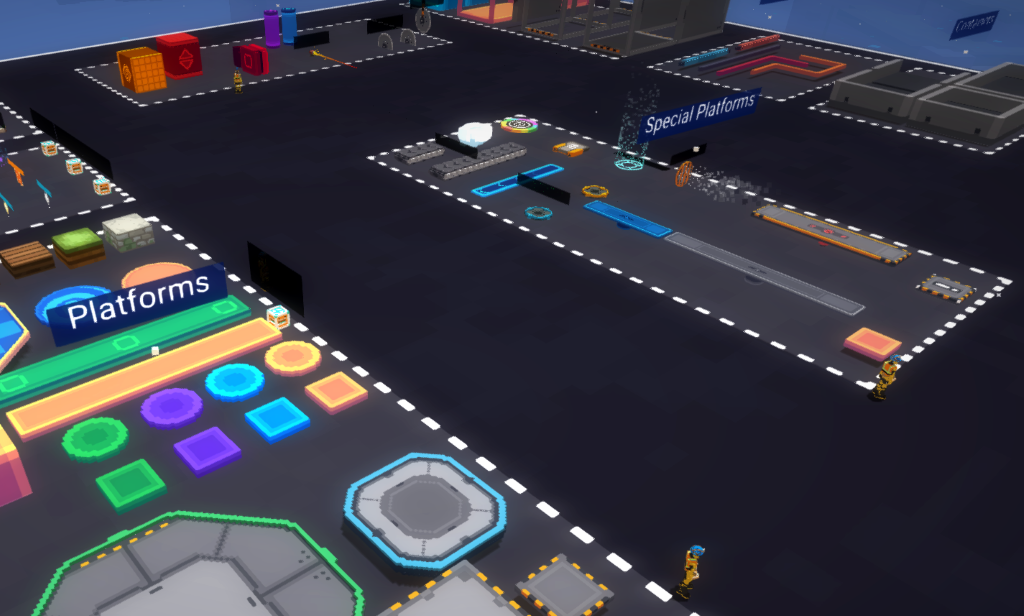
FPS Kit
The FPS Kit contains a fully featured game made from the ground up for dot big bang. It's a fast-paced arena shooter you can use as a base, either to make your own levels or to extend with new features and gameplay mechanics. This is the same code that was used to build Terminal Junction.
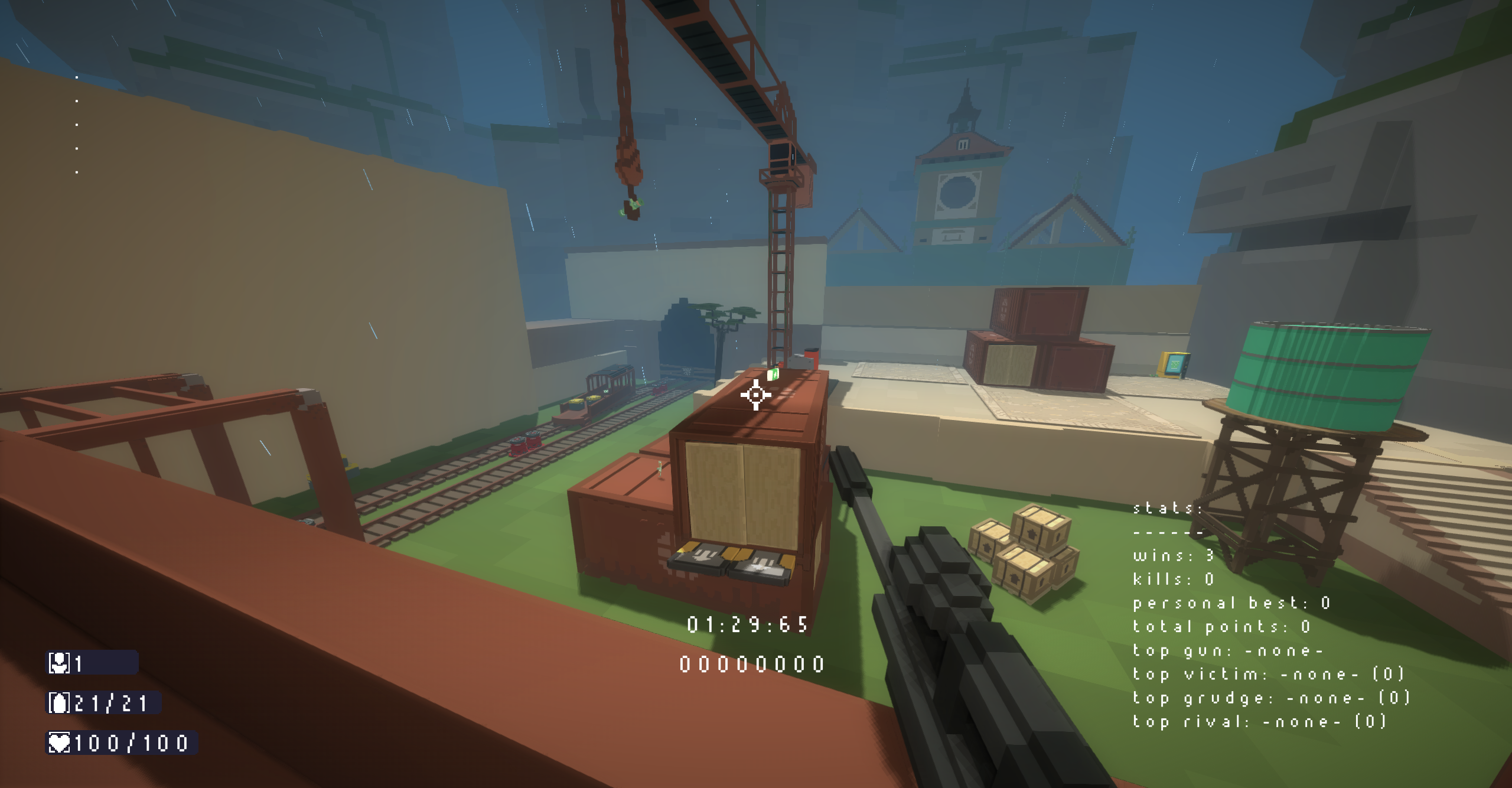
Basic Combat Kit
Our Basic Combat Kit has examples of NPC pathfinding, weapons, loot drops and a store. In this 2.5D style game the player moves from island to island fighting monsters, collecting coins and buying new weapons before they take on the boss at the end to gain access to its chest of loot.
The Basic Combat Example page has details on the inner workings of the systems in the game. You can also watch this playlist on Youtube for a guided tour! Finally, check out Fairy Maze to see an example of how you can stretch the systems away from the original example and come up with your own take on the game.
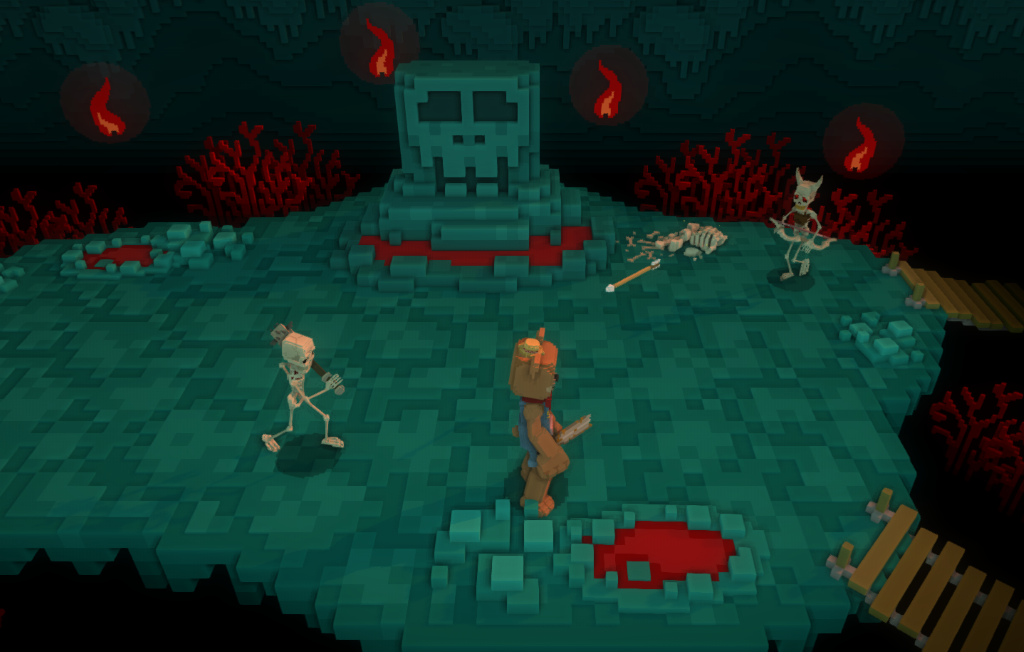
Halloween Game
OoooOoooo, the Halloween Fun Example shows off a whole load of fun interactions you could add to your own games. From posing spots, through potions that add cosmetics to your character and up to pumpkin carving! You can use any of these interactive examples as the basis of your own creation as they're all compatible with the default dot big bang player! All the templates used in the game along with some examples are also here. There is also Halloween Fun Example documentation that takes a deeper look through the various systems in the game.

Doodle Safari
Doodle Safari demonstrates our Persistence feature that lets game developers store user data with their game. Players can earn currency by finding Doodles hiding in the game and trade it for cosmetics. The Persistence system is used to store information about how much currency the player has, what they've unlocked and what cosmetics they are currently wearing. You can also find an example showing all the templates used in the game here. The Doodle Safari documentation walks through everything in the game.
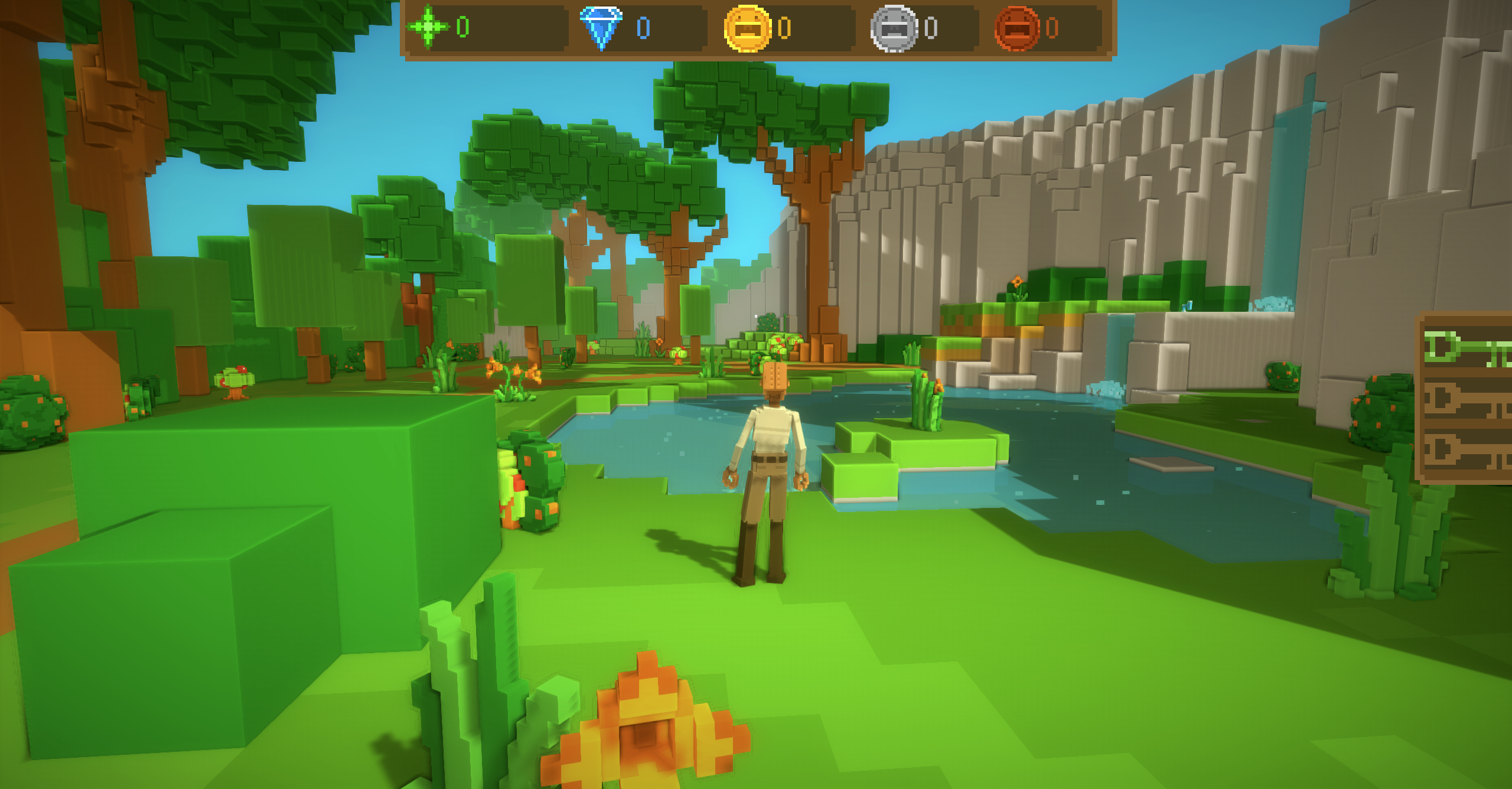
Candy Collector Kit
The Candy Collector Kit is a small collection of basic mechanics. In this example the player can go from house to house collecting candies. Once they have enough they can spend the candies on unlocking some cosmetic items. This Youtube video will run you through how to use the kit to make your own game. Candy Corn Town and A Halloween House are a couple of examples made using this kit.
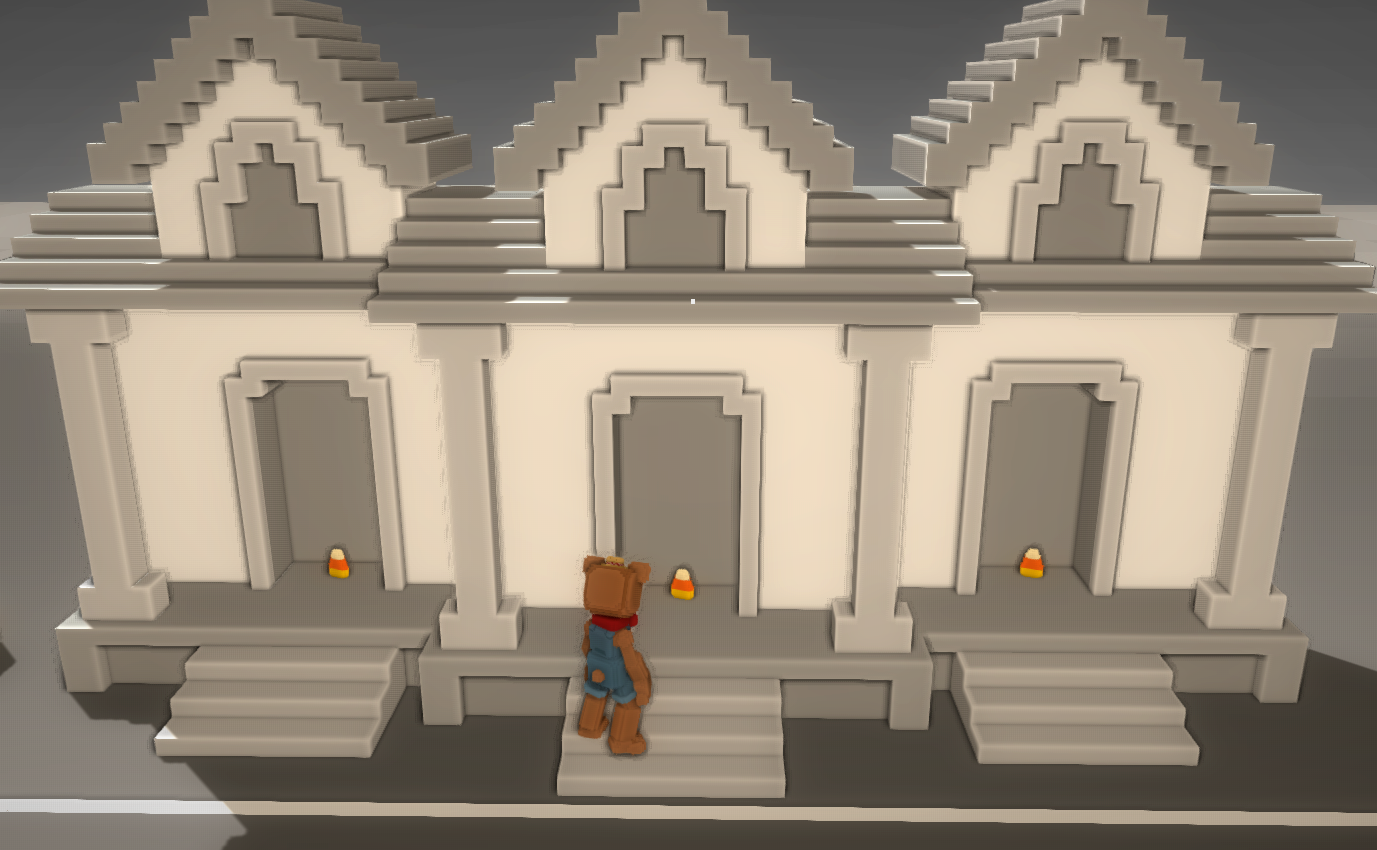
Interactivity Examples
We have several examples that let players interact with the world. Remix the games below to get started!
The Interactivity Toolkit features a drag and drop style decoration system that can be accessed by toggling a "Build Mode" on. This is a great base for games that let players decorate or move objects around to solve puzzles.
Our Pose Wheel lets players express themselves in game using a variety of animations that can be accessed through a radial menu. As a creator it's super easy to change the animations and art to build your own.
Simple Interactions contains a bunch of example interactive objects that you can modify and bring into your own games.
The Gingerbread House Decorator builds on the Interactivity Toolkit and adds the concept of land ownership as well as data persistence. It lets each player decorate their own gingerbread house with candies and doesn't allow other players to interfere. Each time you load the game your decorated house will appear in an available lot.
Other Examples
Here is a list of several other examples that are fairly easy to remix and pick apart. Most of these games show off a specific feature or mechanic so you can look around for something similar to what you would like to do and check it out!
Player Templates This is a collection of different types of player templates that you could use in your games.
Featured Templates contains all of the various parts of the templates that we feature in the bottom bar of the game editor.
Bunny Rabbit Emoji Override is an object you can place into your game and replace the default emojis with bunny themed ones.
Snow People showed up in the Hub during the winter. They were built using some of the same scripts used in Doodle Safari and show a screen that lets you change their appearance. These could be used as a base for your own projects like houses that can be upgraded, changeable props and much more. You can walk around in game to learn how they work and remix it to use it as a base!
Swimming Pool has all of the parts you need to make swimmable areas in your games. It also has a video tutorial on how it works.
In Make a Voxel Player and it's video you learn how to replace the player template with a voxel object instead of an animated rig.
Falling Snow shows you how to add snow into your games and it comes with some extras like footprints and slippery ice.
Adding Double Doors is explained in this example.
Wearable Item Example will teach you how to create custom hats. You can take this knowledge and make items that attach to players anywhere you want!
How to make a Custom NPC explains the process in creating custom parts for NPCs using our Custom NPC templates.
This Merfolk Transform Example lets you change your player into a mermaid.
Mini Examples & Dioramas
These games are all very small examples that showcase simple features and mechanics.
Click on the tree to change it's decorations.
Get transformed into a frog if you get too close to the wizard! It's ok though, you can hop into the fountain to change back.
Decorate a sand castle, change the music and relax in your chair on the beach.
Swim with the fish and check out the beautiful coral.
Release glowing lanterns into the sky by clicking on them to light and then launch them.
Learn how to dance in this dance studio.
Collect pills and take out some nasty viruses.
Be lost at sea with your skeleton friend and a shark!
Enter the dragon's hoard and see if it notices you.